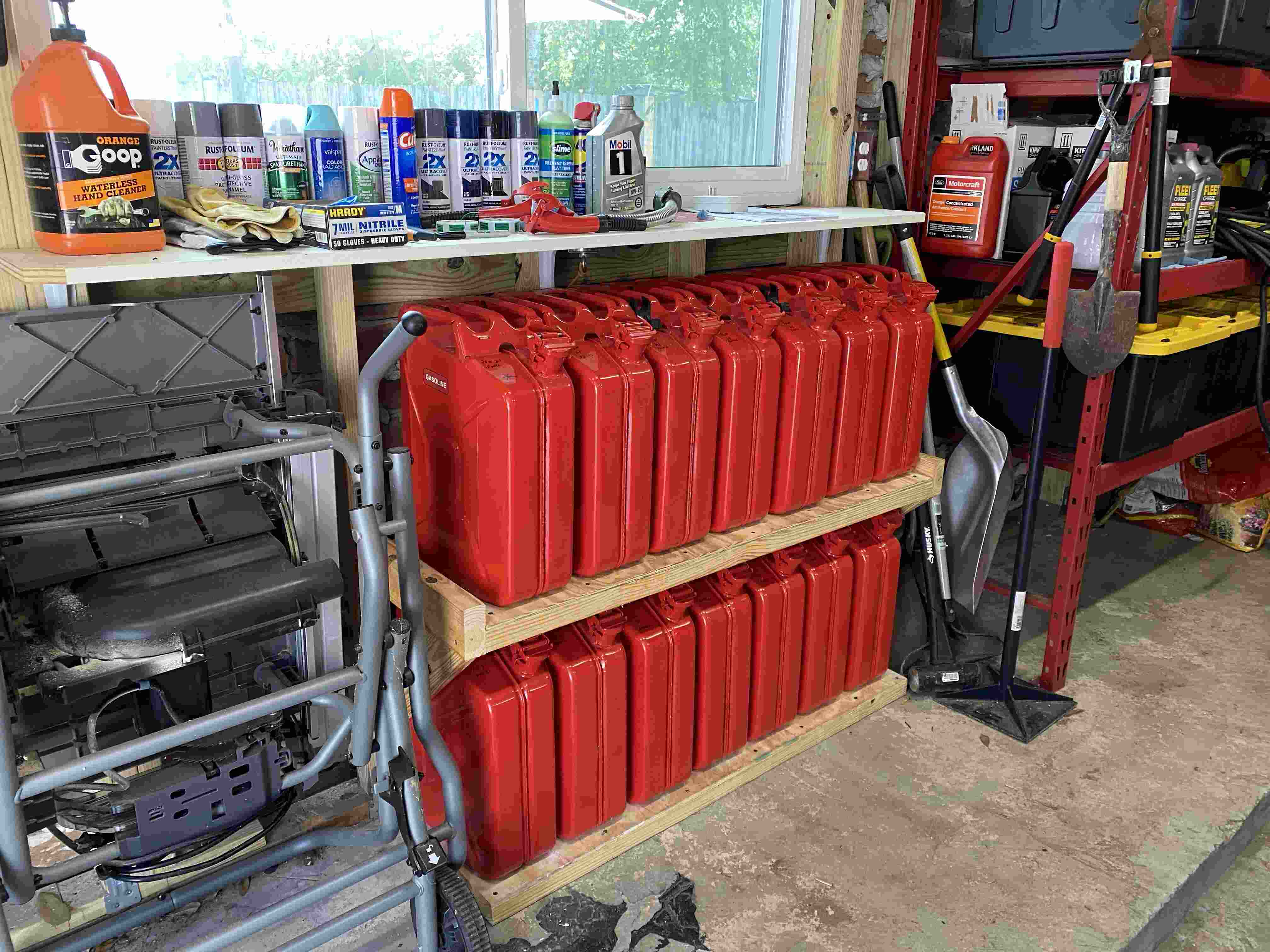

Articles
How To Store Gas In Garage
Modified: January 19, 2024
Learn the proper way to store gas in your garage with our informative articles.
(Many of the links in this article redirect to a specific reviewed product. Your purchase of these products through affiliate links helps to generate commission for Storables.com, at no extra cost. Learn more)
Introduction
Welcome to our comprehensive guide on how to safely store gasoline in your garage. Gasoline is a highly flammable and volatile substance, so it’s crucial to take the necessary precautions to ensure your safety and the safety of your property.
Gasoline is commonly used to power vehicles, generators, lawnmowers, and other machinery. While most people store their gasoline in portable containers, the garage is often the most convenient location for storage. However, storing gasoline in a garage comes with its own set of risks, such as fire hazards and toxic fumes.
In this article, we will explore the essential safety precautions you need to take when storing gasoline in your garage. We will discuss ventilation requirements, the importance of using approved containers, choosing the right location, fire safety measures, emergency procedures, and regular maintenance. By following these guidelines, you can minimize the risks associated with gasoline storage and keep your garage safe.
It’s important to note that the guidelines provided in this article are general recommendations. Before implementing any storage solution, we highly recommend consulting with local authorities or a professional to ensure compliance with local regulations and building codes.
Now, let’s dive into the details and discover how you can store gasoline safely in your garage.
Key Takeaways:
- Prioritize safety by following crucial precautions, such as proper ventilation, approved containers, and fire safety measures when storing gasoline in your garage. Consult local regulations for compliance.
- Regularly inspect and maintain gasoline storage to ensure a safe environment. Implement emergency procedures, proper labeling, and fire safety measures to minimize risks and protect your household.
Read more: How To Store Gas Cans In Garage
Safety Precautions
When it comes to storing gasoline in your garage, safety should be your top priority. Here are some crucial safety precautions to consider:
- Read and follow instructions: Before storing gasoline, carefully read and follow the instructions provided by the container manufacturer and any local regulations.
- Keep away from ignition sources: Gasoline is highly flammable, so it’s important to keep it away from any potential ignition sources. This includes open flames, sparks, electrical outlets, and hot surfaces.
- Incompatible materials: Store gasoline away from materials that can react with it, such as oxidizers, strong acids, and reactive metals.
- No smoking: Smoking should never be allowed in the vicinity of gasoline storage. Even a small spark from a cigarette can cause a catastrophic fire.
- Keep out of reach: Store gasoline out of the reach of children and pets to prevent accidental ingestion or tampering.
- Avoid overfilling: When pouring gasoline into a container, ensure it is not overfilled. Leave enough space for expansion due to temperature changes.
- Grounding: Grounding the container and the storage area can help minimize the risk of static electricity discharge and reduce the chance of a fire.
- No direct sunlight: Gasoline should be stored in a cool, well-ventilated area away from direct sunlight. Heat can cause vapor pressure to increase and result in potential leaks or explosions.
- Proper disposal: If you have old or expired gasoline, dispose of it properly. Do not pour it down the drain or throw it into regular trash. Contact your local hazardous waste disposal facility for guidance.
By adhering to these safety precautions, you can significantly reduce the risks associated with storing gasoline in your garage. It’s important to remember that gasoline is a hazardous substance, and proper handling and storage procedures are crucial to maintain a safe environment.
Ventilation Requirements
Proper ventilation is essential when storing gasoline in your garage. Ventilation helps to prevent the buildup of flammable vapors and ensures a safe environment. Here are some important ventilation requirements to consider:
- Natural ventilation: If possible, the garage should have natural airflow through windows, vents, or doors. This allows for the exchange of air and helps to dissipate any gasoline fumes.
- Mechanical ventilation: If natural ventilation is insufficient, consider installing mechanical ventilation systems such as exhaust fans or air circulation systems. These systems can help remove fumes and maintain a safe level of air quality.
- Ventilation openings: Ensure that the vents or openings in your garage are unobstructed and not covered by any materials. This allows for proper air circulation and prevents the accumulation of flammable vapors.
- Separation from living spaces: If your garage is connected to living spaces, it’s important to have a barrier or seal between them. This prevents any gasoline fumes or odors from entering the living areas.
- Regular airflow: It’s recommended to keep doors and windows open periodically to allow fresh air to enter and stagnant air to exit. This helps to refresh the air and reduce the concentration of gasoline vapors.
- Inspect ventilation systems: Regularly inspect and maintain any mechanical ventilation systems to ensure they are functioning properly. Clean or replace filters as necessary to maintain optimal performance.
Remember, proper ventilation is crucial for the safe storage of gasoline in your garage. It helps to prevent the buildup of flammable vapors and ensures a healthy environment. Consulting with a professional or local authorities can provide further guidance on specific ventilation requirements based on your location and local regulations.
Gasoline Storage Containers
Choosing the right storage containers is crucial when storing gasoline in your garage. The containers you use should be specifically designed and approved for storing flammable liquids, such as gasoline. Here are some important factors to consider when selecting gasoline storage containers:
- Material: Gasoline should be stored in approved containers made of high-density polyethylene (HDPE) or metal. These materials are resistant to corrosion and are less likely to leak or ignite.
- Sealable: Ensure that the containers have a reliable and secure seal to prevent spills and leaks. A tight-fitting cap or lid with a gasket is essential for maintaining the integrity of the container.
- Capacity: Choose containers that can comfortably accommodate the amount of gasoline you intend to store. It’s important not to overfill the containers to allow for expansion due to temperature changes.
- Labeling: Look for containers that have clear markings and labels indicating that they are approved for gasoline storage. This ensures that the containers meet the required safety standards.
- Multiple containers: Consider using multiple smaller containers rather than one large container. This makes it easier to handle and transport the gasoline when needed.
- Secondary containment: To further enhance safety, consider using secondary containment measures such as placing the gasoline container within a larger container or tray to contain any potential leaks or spills.
- Compatibility: Ensure that the storage containers are compatible with gasoline and will not deteriorate or react with the fuel. Avoid using containers that were previously used to store chemicals or other substances.
- Storage life: Gasoline has a limited shelf life, so it’s important to use containers that allow for proper ventilation and prevent the buildup of moisture. This helps to maintain the quality and stability of the fuel.
It’s essential to follow these guidelines when selecting gasoline storage containers to ensure the safety of both the fuel and your garage. Remember to always inspect containers for any signs of damage or degradation and replace them if necessary. Properly storing gasoline in approved containers is a key step in minimizing the risk of leaks, spills, and potential accidents.
Choosing the Right Location
When it comes to storing gasoline in your garage, choosing the right location is crucial for safety. Here are some important considerations to keep in mind:
- Away from ignition sources: Store gasoline away from any potential sources of ignition, such as open flames, sparks, electrical equipment, or heat sources. This includes keeping it separate from appliances, heaters, and other machinery that may pose a fire hazard.
- Well-ventilated area: Select a location in your garage that provides adequate ventilation to minimize the concentration of gasoline fumes. Good ventilation helps to prevent the buildup of flammable vapors and ensures a safer environment.
- Avoid direct sunlight: Gasoline should be stored in a cool area, away from direct sunlight or extreme temperature fluctuations. Excessive heat can increase the pressure inside the containers and potentially lead to leaks or explosions.
- Above ground level: Whenever possible, store gasoline containers above ground level to reduce the risk of water damage and corrosion. Placing them on shelves, racks, or elevated surfaces can help protect the containers and prevent accidental spills.
- Adequate space: Ensure that there is enough space around the gasoline storage area to allow for easy access and maintenance. Avoid overcrowding the area with other items or clutter that could obstruct the containers or impede emergency response.
- Non-living area: If possible, store gasoline in a dedicated storage area that is separate from living spaces. This helps to minimize exposure to gasoline fumes and reduces the risk of potential accidents or contamination.
- Secure location: Choose a location that is secure and inaccessible to children and pets. Keep the storage area locked or protected to prevent unauthorized access and minimize the risk of accidents or tampering.
- Accessibility: Make sure the location is easily accessible in case of emergency or if you need to quickly remove the gasoline containers. Avoid placing them in areas that are difficult to reach or obstructed by other objects.
By considering these factors and choosing the right location, you can greatly enhance the safety of storing gasoline in your garage. Remember to always comply with local regulations and consult with professionals or local authorities for specific guidelines pertaining to your area.
Read more: How To Store Gas In A Hot Garage
Storing Gasoline in Approved Containers
When storing gasoline in your garage, it is essential to use approved containers that are specifically designed for this purpose. Using the right containers helps to ensure the safety of both the fuel and your surroundings. Here are some key points to consider when storing gasoline in approved containers:
- Choose approved containers: Look for containers that are specifically labeled and approved for storing gasoline. These containers are designed to withstand the corrosive nature of gasoline and are less likely to leak or ignite.
- Use high-quality materials: Select containers made of high-density polyethylene (HDPE) or metal, as these materials are more durable and resistant to corrosion. Avoid using containers made of materials like glass or soft plastics that can easily break or degrade over time.
- Ensure proper sealing: Containers should have a tight-fitting and secure cap or lid with a gasket. This helps to prevent spills, leaks, and the release of dangerous vapors. Avoid using containers with damaged or faulty seals.
- Follow capacity guidelines: Do not overfill containers to allow for the expansion of gasoline due to temperature changes. Follow the recommended fill levels indicated on the container to maintain safety and prevent leaks.
- Keep containers upright: Gasoline containers should always be stored in an upright position to minimize the risk of spills and leaks. Avoid stacking containers on top of each other, as this can lead to instability or damage.
- Label containers: Properly label each container with the word “Gasoline” or a similar warning to indicate its contents. Clear and visible labeling helps to prevent confusion and ensures that others are aware of the flammable nature of the stored fuel.
- Store in a well-ventilated area: Place the containers in a well-ventilated area within your garage. Adequate ventilation helps to disperse any gasoline fumes that may accumulate, reducing the risk of ignition.
- Maintain a clean storage area: Keep the area where you store the gasoline containers clean and free from clutter. This helps to prevent accidental spills, facilitates inspections, and allows for easy access to the containers.
- Regularly inspect containers: Conduct regular inspections of the containers for any signs of damage, such as cracks, leaks, or degradation. Damaged containers should be replaced immediately to ensure safe storage.
- Follow local regulations: Be aware of and comply with any local regulations or guidelines regarding the storage of gasoline. Different jurisdictions may have specific requirements to ensure safe storage practices.
By storing gasoline in approved containers and following these guidelines, you can significantly reduce the risk of accidents and ensure the safe storage of fuel in your garage. Remember to handle and store gasoline with caution, and always prioritize safety above all else.
Store gas in a well-ventilated area in an approved container, away from any ignition sources. Keep it out of direct sunlight and away from any heat sources to prevent the risk of fire or explosion.
Proper Labeling of Gasoline Containers
Properly labeling gasoline containers is an essential aspect of safely storing gasoline in your garage. Clear and accurate labeling helps to prevent confusion, minimize the risk of accidents, and ensure the safety of everyone in your household. Here are some key points to consider when labeling gasoline containers:
- Use clear and visible labeling: Label each gasoline container with the word “Gasoline” or a similar warning that indicates its contents. The label should be clearly visible and easy to read, even from a distance.
- Include safety information: In addition to the label indicating the contents, consider including important safety information. This can include warnings about the flammability of gasoline, the need to keep it away from ignition sources, and instructions for handling and storing the fuel safely.
- Label in a prominent location: Place the label on the side or the front of the container where it can be easily seen and read. Avoid placing labels in areas that may get covered or hidden when the containers are stacked or stored.
- Use durable labels: Ensure that the labels are made of durable materials that will withstand exposure to gasoline, temperature changes, and other environmental factors. High-quality adhesive labels or labels designed for outdoor use are recommended.
- Replace damaged or faded labels: Regularly check the condition of the labels on your gasoline containers. If the labels are damaged, faded, or illegible, replace them promptly. It’s crucial to have clear and readable labels at all times.
- Clearly mark secondary containers: If you transfer gasoline from the original container to a secondary container, make sure to label the new container as well. Clearly indicate that it contains gasoline to avoid any confusion or accidental misuse.
- Educate family members: Ensure that all members of your household are aware of the labeling system and understand its importance. Teach them to recognize and respect the labels on gasoline containers to prevent mishaps or accidents.
- Store labeled containers properly: Once labeled, store the gasoline containers in a designated area that is well-ventilated and away from ignition sources. Keep the labeled side of the containers facing outward to make it easy to identify their contents.
- Comply with local regulations: Familiarize yourself with any local regulations or guidelines regarding the proper labeling of gasoline containers. Different jurisdictions may have specific requirements, and it’s important to adhere to these rules to ensure compliance and safety.
Properly labeling gasoline containers is a simple yet critical step in maintaining a safe environment when storing gasoline in your garage. It helps to prevent confusion, provide important safety information, and improve overall awareness of the flammable nature of gasoline. By following these labeling guidelines, you can enhance the safety of your household and minimize the risk of accidents related to gasoline storage.
Fire Safety Measures
When storing gasoline in your garage, it is crucial to implement fire safety measures to minimize the risk of fires and protect yourself and your property. Gasoline is highly flammable, so it’s important to be prepared and take proactive steps to prevent and respond to fire emergencies. Here are some key fire safety measures to consider:
- Install smoke detectors: Make sure your garage is equipped with working smoke detectors. Install them near or inside the gasoline storage area and test them regularly to ensure they are functioning properly.
- Have fire extinguishers: Place suitable fire extinguishers in your garage, within easy reach of the gasoline storage area. Ensure that they are appropriate for flammable liquid fires and that everyone in your household knows how to use them.
- Know the fire escape routes: Establish clear fire escape routes from your garage and ensure that they are unobstructed. Practice fire drills with your family to ensure everyone knows how to exit the garage safely in case of an emergency.
- Avoid smoking: Prohibit smoking in and around the garage, as it poses a significant fire hazard when handling and storing gasoline. Ensure that everyone who enters the garage understands and complies with this rule.
- Keep flammable materials away: Store other flammable materials, such as paints, solvents, and aerosol cans, away from the gasoline storage area. Keep them in separate and designated spaces to prevent accidental ignition or fires.
- Properly dispose of rags: Dispose of oily or gasoline-soaked rags in a designated metal container with a tight-fitting lid. These materials can spontaneously combust, so it’s crucial to handle and store them properly.
- Inspect electrical wiring: Regularly inspect the wiring and electrical outlets in your garage for any signs of damage or loose connections. Faulty electrical systems can lead to sparks or short circuits, which can ignite gasoline fumes.
- Practice electrical safety: Avoid overloading electrical outlets or extension cords and ensure that they are in good condition. Unplug any electrical appliances or devices when not in use to minimize the risk of electrical fires.
- Be cautious with ignition sources: Keep ignition sources such as space heaters, power tools, and open flames away from the gasoline storage area. Exercise caution and ensure proper supervision when using these devices in your garage.
- Stay informed and updated: Stay informed about fire safety practices and recommendations from local fire authorities. Regularly review and update your fire safety measures based on the latest guidelines and best practices.
By implementing these fire safety measures, you can significantly reduce the risk of fires and ensure the safety of yourself, your family, and your property. Remember, prevention is key, so always be vigilant, practice good safety habits, and create a fire-safe environment in your garage.
Emergency Procedures
Despite taking all the necessary precautions, emergencies can still occur when storing gasoline in your garage. It is crucial to have a plan in place and know how to respond effectively to keep yourself and others safe. Here are some essential emergency procedures to follow:
- In the event of a fire:
- Alert everyone in the vicinity of the fire and call emergency services immediately. Do not attempt to tackle a large fire on your own.
- Evacuate the area and ensure that all individuals are safely out of harm’s way.
- Close the garage doors to prevent the fire from spreading further.
- Use a fire extinguisher if it is safe to do so and the fire is small and contained. Aim at the base of the fire and sweep the extinguisher from side to side.
- In the event of a spill:
- Evacuate the area and ensure that there is no ignition source nearby.
- Absorb small spills with an appropriate absorbent material, such as kitty litter or sand. Carefully sweep the absorbed material into a sealable container for proper disposal.
- Contact a hazardous waste disposal facility for guidance on how to handle and dispose of larger spills or contaminated materials.
- In the event of exposure or inhalation:
- If there is exposure to gasoline on the skin, immediately rinse the affected area with soap and water. Seek medical attention if symptoms persist or worsen.
- If there is inhalation of gasoline fumes, move to a well-ventilated area and seek fresh air. If symptoms such as dizziness, nausea, or difficulty breathing arise, seek immediate medical attention.
- Communication and emergency contacts:
- Keep a list of emergency contacts, including local fire departments, poison control centers, and medical facilities, in a visible and easily accessible location in your garage.
- Ensure that everyone in your household is aware of the emergency procedures and can access the emergency contact information if needed.
- Regular practice and drills:
- Regularly practice fire drills with your family to ensure that everyone knows how to respond quickly and safely in the event of an emergency.
- Review and reinforce the emergency procedures periodically, taking into account any changes to your storage setup or safety measures.
Remember, emergencies can be stressful and require quick thinking. By being prepared and familiarizing yourself with these emergency procedures, you can minimize the impact of potential incidents and protect yourself and others when storing gasoline in your garage.
Read more: How To Store A Gas Can
Regular Inspections and Maintenance
Regular inspections and maintenance are essential to ensure the safe storage of gasoline in your garage. By conducting routine checks, you can identify and address any potential issues or hazards before they escalate. Here are some key points to consider for regular inspections and maintenance:
- Inspect containers:
- Regularly inspect the gasoline containers for any signs of damage, leaks, or deterioration. Check the caps, seals, and overall condition of the containers to ensure they remain reliable and secure.
- If you detect any damage or suspect a leak, replace the container immediately to prevent spills and minimize the risk of accidents.
- Check ventilation:
- Inspect the ventilation system in your garage to ensure it is effectively circulating air and removing flammable vapors. Clear any obstructions and clean or replace filters as needed.
- Ensure that any vents or openings are unobstructed and functioning properly to allow for proper airflow and the dissipation of gasoline fumes.
- Monitor storage area:
- Regularly inspect the area where gasoline containers are stored for any signs of spills, leaks, or damage. Clean up any spills immediately using appropriate absorbent materials.
- Remove any combustible materials or clutter from the storage area that may pose a fire hazard or obstruct access to the containers.
- Check fire safety equipment:
- Inspect and test your smoke detectors regularly to ensure they are in working order. Replace batteries as needed.
- Check the expiry dates on your fire extinguishers and have them serviced or replaced accordingly. Ensure that they are easily accessible and that everyone in your household knows how to use them.
- Review emergency procedures:
- Regularly review and reinforce the emergency procedures with your family, including evacuation routes, emergency contact information, and fire safety protocols.
- Practice fire drills to ensure everyone knows how to respond quickly and calmly in case of an emergency.
- Dispose of expired gasoline:
- Regularly assess the gasoline in your containers for its freshness and usability. Gasoline has a limited shelf life, typically around 6-12 months.
- Dispose of expired gasoline responsibly by contacting your local hazardous waste disposal facility or following approved disposal methods. Avoid pouring it down drains or disposing of it in regular trash.
By conducting regular inspections and maintenance, you can identify and remedy any potential safety issues concerning the storage of gasoline in your garage. Stay vigilant and proactive in maintaining a safe environment, ensuring the well-being of yourself, your family, and your property.
Conclusion
Storing gasoline in your garage requires careful consideration and adherence to safety regulations to ensure the well-being of yourself, your family, and your property. By following the guidelines and recommendations outlined in this article, you can create a safe and secure environment for gasoline storage. Let’s recap the key points:
We began by emphasizing the importance of safety precautions, such as reading instructions, keeping gasoline away from ignition sources, and storing it out of reach of children and pets. We then discussed the significance of proper ventilation to prevent the buildup of flammable vapors and the need for approved gasoline storage containers made of high-quality materials.
Choosing the right location for gasoline storage is critical, keeping in mind factors such as minimizing exposure to ignition sources, ensuring adequate ventilation, and maintaining accessibility to emergency response. We also emphasized the importance of properly labeling gasoline containers to provide clear identification and communicate the flammable nature of the stored fuel.
To mitigate the risk of fires, we highlighted the importance of installing smoke detectors, having fire extinguishers in the vicinity, and practicing fire safety measures such as avoiding smoking and keeping flammable materials at a safe distance. In case of emergencies, it is vital to know the appropriate procedures for fires, spills, and exposure, as well as having readily accessible emergency contact information.
Regular inspections and maintenance play a crucial role in ensuring continued safety. By inspecting containers, checking ventilation systems, monitoring the storage area, maintaining fire safety equipment, and reviewing emergency procedures, you can address and prevent any potential hazards.
In conclusion, safe gasoline storage in your garage requires careful attention to detail and adherence to safety protocols. By implementing the recommendations provided in this article, you can minimize the risk of accidents, protect your property, and ensure the safety of yourself and those around you. Remember, when in doubt, consult with professionals or local authorities to ensure compliance with local regulations and guidelines.
Frequently Asked Questions about How To Store Gas In Garage
Was this page helpful?
At Storables.com, we guarantee accurate and reliable information. Our content, validated by Expert Board Contributors, is crafted following stringent Editorial Policies. We're committed to providing you with well-researched, expert-backed insights for all your informational needs.
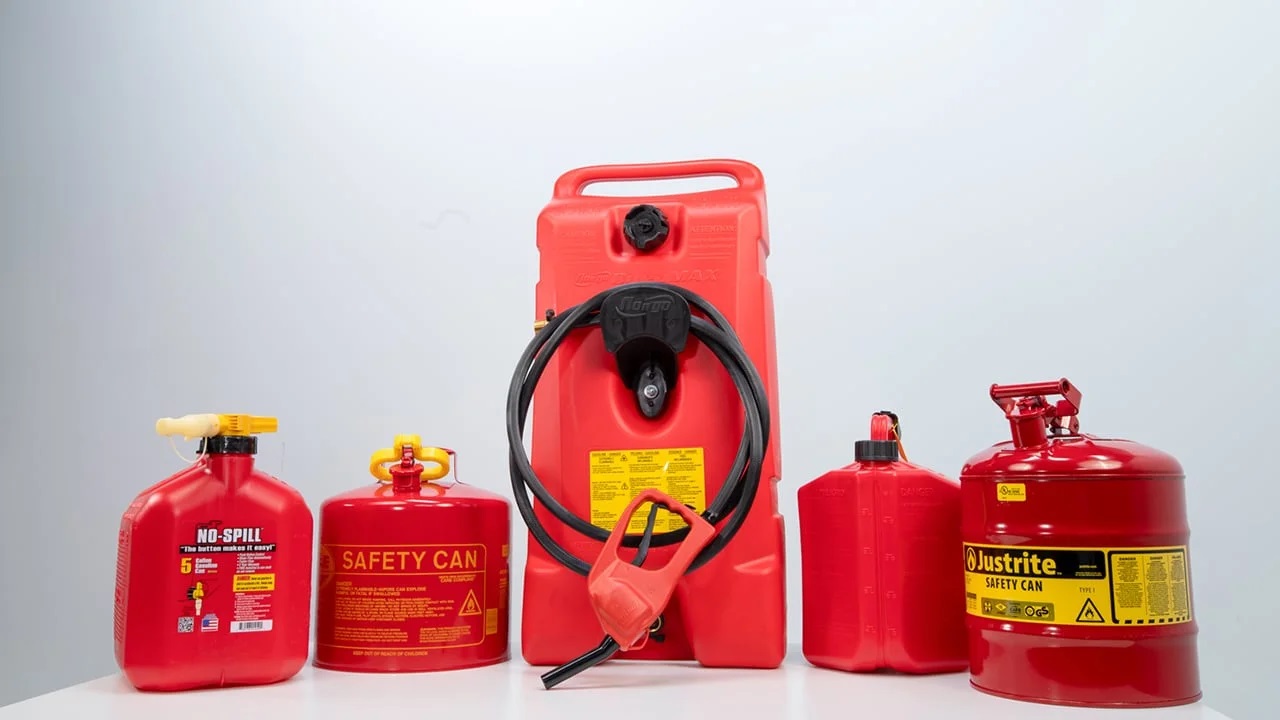
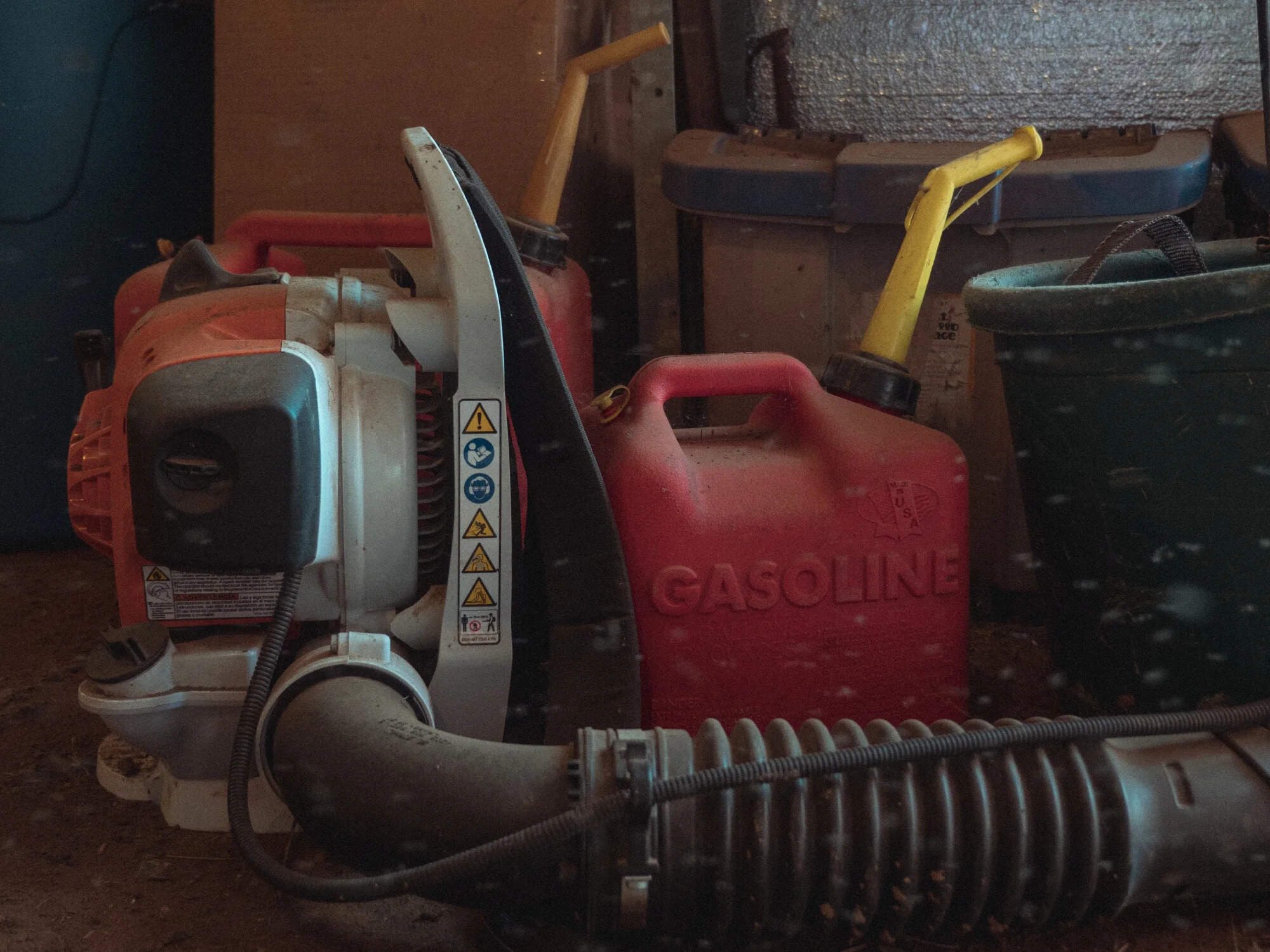

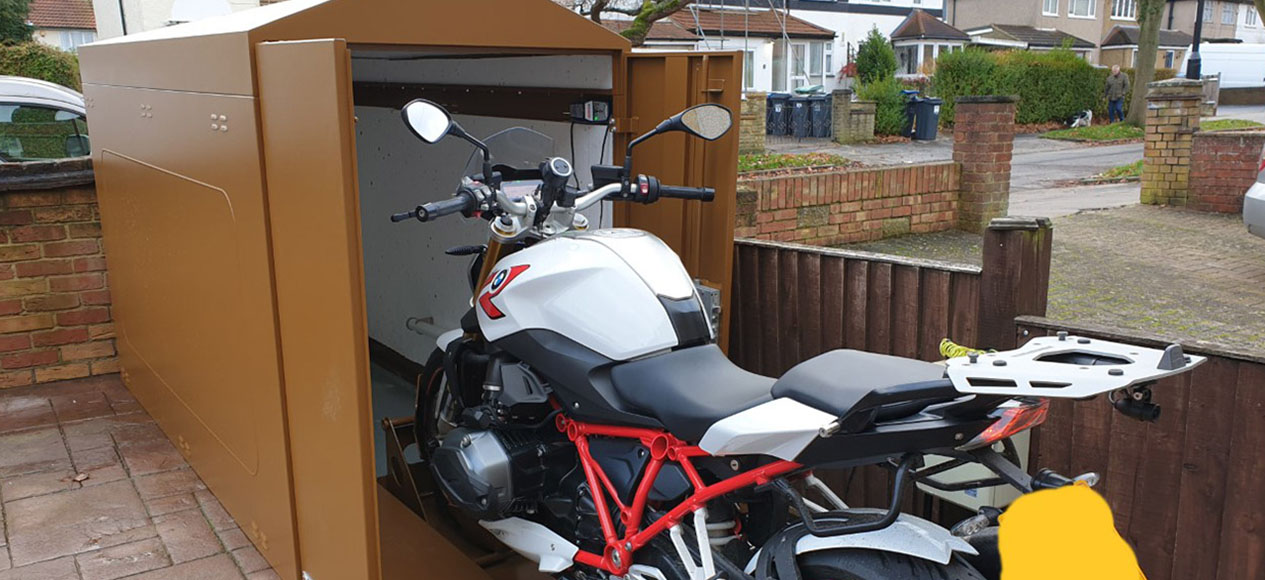


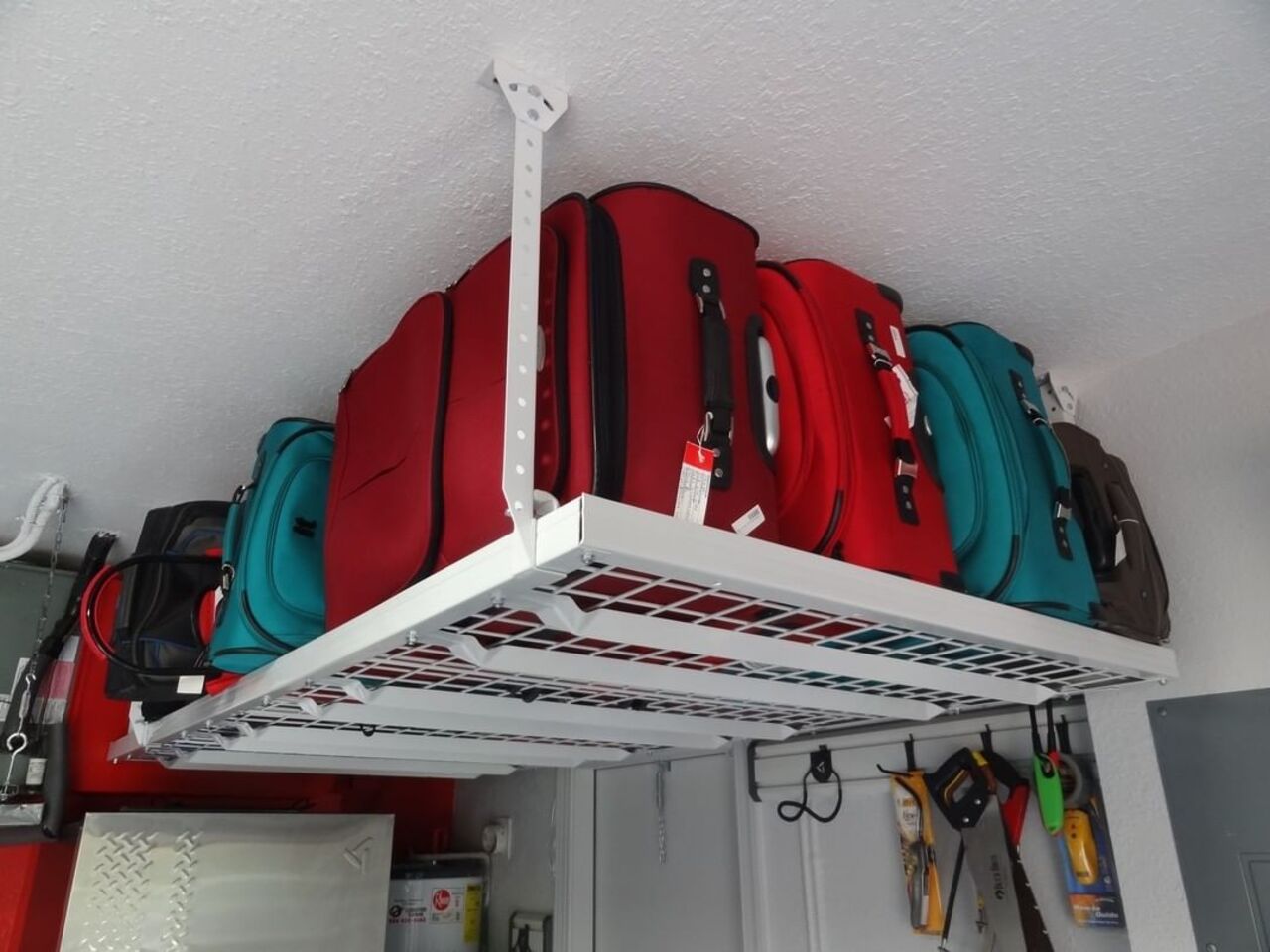
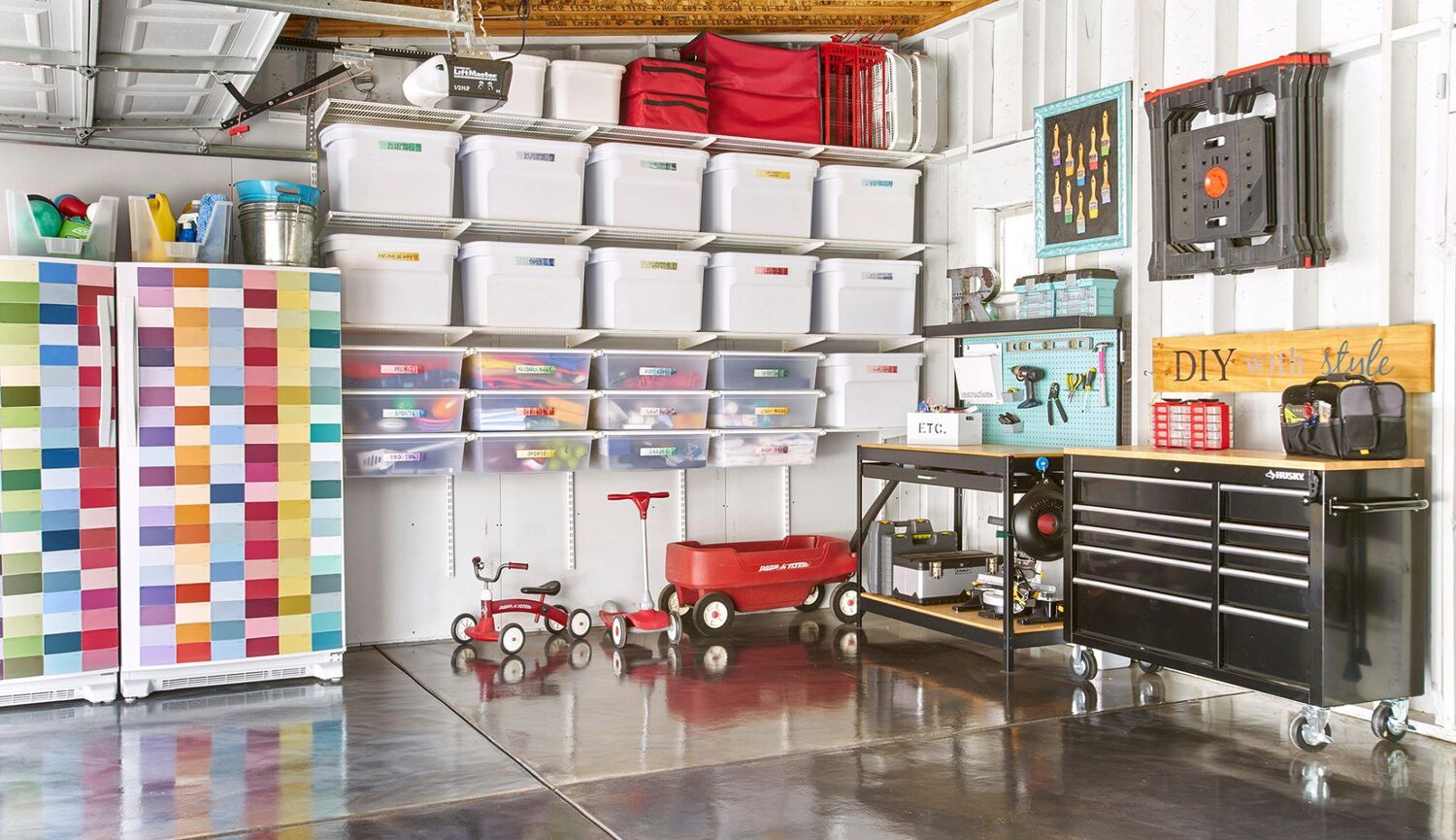


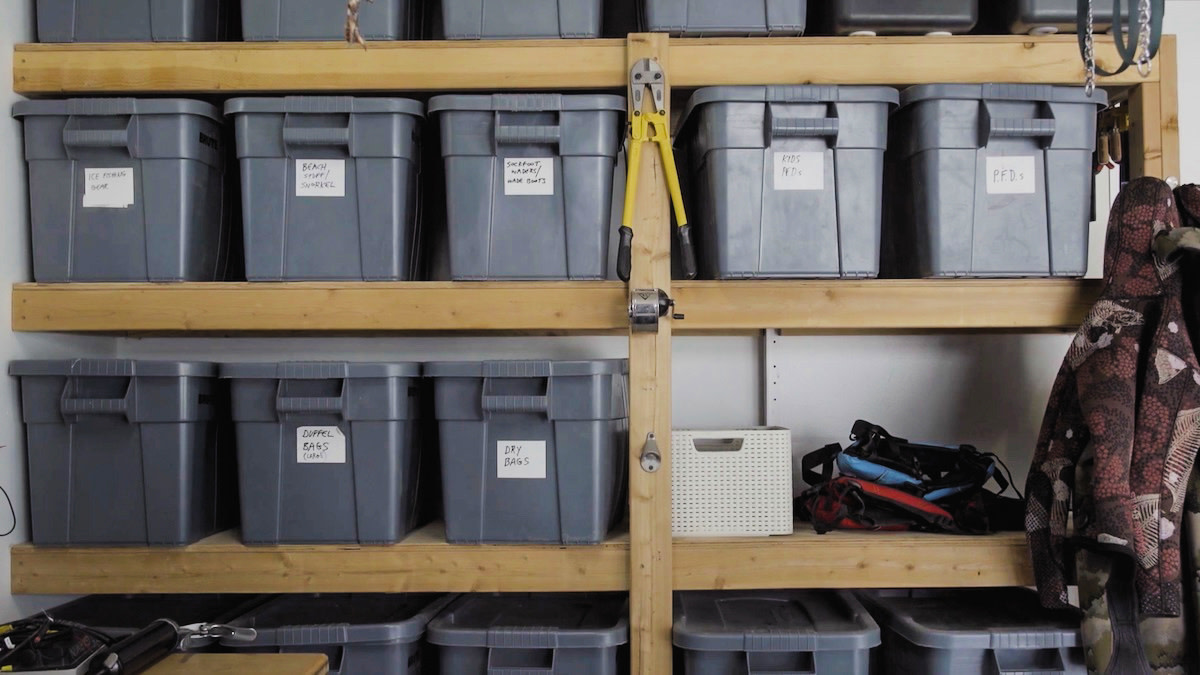

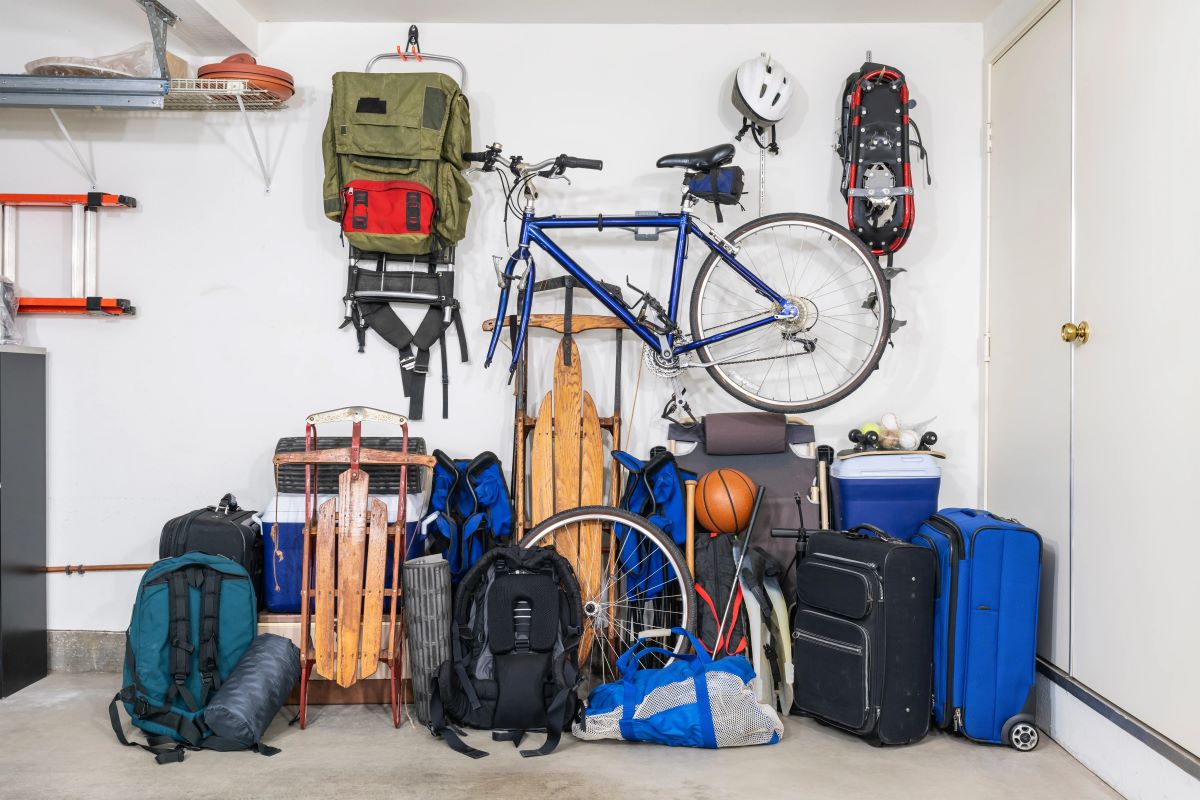

0 thoughts on “How To Store Gas In Garage”